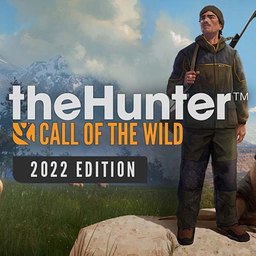I believe that many of my friends love hunting, and today’s game is exactly want we are looking for, so let’s take a look at the Hunter: Call of the Wild released on February 16, 2017!
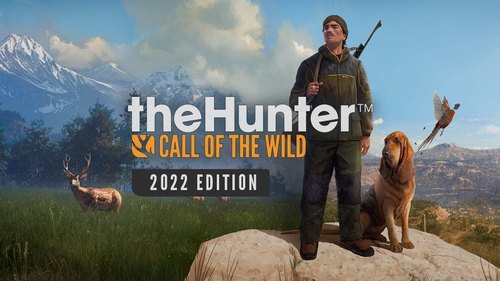
Hunter: Call of the Wild provides players with an immersive hunting experience. Step into the lively and picturesque open world and see majestic deer, bison, countless birds, insects and many other animals in the wilderness. Players can witness complex animal behaviors, dynamic weather, a complete cycle of day and night, realistic weaponry, extremely realistic sound effects, and so on.
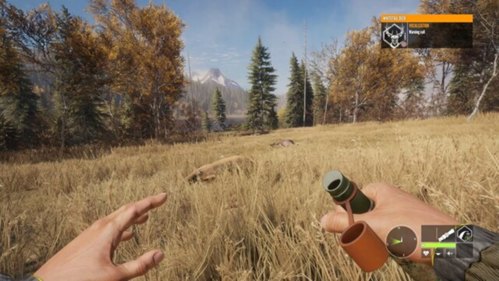
At the beginning of the game, as a new hunter, the player goes to the special hunting reserve to track animals in various areas and understand the different behavior patterns of many different animals, carrying out the corresponding hunting actions.
Players can customize their characters, including gender, face shape, clothing and the character’s name. You can spend currency to customize the character even further at certain outposts.
Players must keep an eye on their character's health and heart rate. When being attacked or falling from a height, the health will be reduced. When the character moves, their heart rate will rise and it will return to normal if it stays still. An increased heart rate will cause the character’s aim to sway. You can hold your breath temporarily to stabilize the aiming, but at the cost of your heart rate continuing to rise. After it rises to a certain level, the character will be unable to continue to hold his breath because of their high heart rate.
Through hunting prey, completing challenges and discovering new attractions, players earn experience points. Experience points increase the character’s level, let you unlock new skills and also weapon skill points.
Skills represent different hunting abilities, which can provide new opportunities or make the use of weapons easier in some way.
Skills are divided into active skills and passive skills. You can only equip a single active skill at a time. If you want to use a different one you need to change it in the skills menu.
Skills are divided into classes. To unlock higher-level skills, more skill points are needed compared to the basic skills.
Skills are divided into multiple types, corresponding to different hunting styles. Active pursuit skills are more suitable for tracking, while passive tracking skills are based on setting traps.
Weapon skills represent different skills related to weapons, which can increase the chance of successful hunting or make the use of weapons easier. Weapon skills can be purchased with weapon skill points.
Weapon skills are presented in a tree structure. To unlock a weapon skill, you must first unlock an adjacent node in the tree structure.
Weapon skills include 4 different categories, each representing a weapon type: rifle, pistol, shotgun, and bow.
Wild animals have corresponding activity areas and behaviors. The different behaviors of animals depend on their current needs and their level of alertness. Throughout the day, they will look around different areas where they can rest, eat and drink. They will return everyday unless they have noticed any predators.
When animals perceive the movement of the character, they will be more vigilant, but will not be immediately frightened. They will run away only when they feel threatened. Fleeing prey will continue to run until they feel safe, and then resume normal behavior. However they will have a higher alertness level than before.
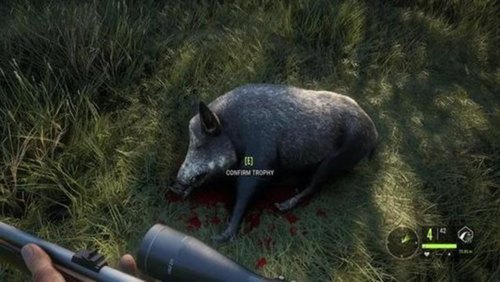
You can choose multiple regions to hunt in, with each region having animals specific to each one. The hunting reserves provided at the beginning of the game are the Hirschfelden Hunting Reserve and the Leiden Lake District. You can choose other protected areas by acquiring new DLC content.
The map will show the entire protected area and the areas the player has previously explored. After exploring the reserve and discovering scenic spots, the map will mark them, and players can also mark these scenic spots by visiting the observation deck. By clicking on the outpost icon on the map, you can quickly go to all the outposts that you have previously discovered. In addition, you can also set waypoints on the map for route planning.
Vegetation, bushes and branches can be used to hide in and reduce the visibility of the player. Vegetation leaves may help reduce the chances of the player being discovered by their prey, but passing through the vegetation leaves will also make noise, attracting the attention of the prey. Even the wind plays a part in hunting, when the wind blows it makes noise. If the wind is loud enough, it can cover up the sound of the player’s actions; however, the player’s scent carries in the wind so you need to take the wind’s direction into account when sneaking up on your prey.
Hunter: Call of the Wild attempts to create an immersive hunting experience. Hunting isn’t only limited to visually spotting your prey, you can also follow an animal’s trails and use equipment to call your prey to your location.
When the animal makes a call, an indicator on the screen will display and point out the general direction of the sound source. When the indicator appears, by listening to the sound, you can obtain the relevant information of the species, the call type and carry out the next step of tracking the animal via it’s trail or even based on your own knowledge of the animal. Some of the calls include:
Mating call: This indicates that the animal is courting, so it is more likely to respond to the animal's imitating whistle.
Warning call: This indicates that the animal has noticed the player's movement based on sight, smell or sound. The animal will become more alert, but will not run away immediately.
When tracking prey, the player can judge the animal’s activity based on the traces left by the animal. When tracking prey, the traces of the prey will be displayed in blue or green; the traces of the prey that are not currently being tracked will not be displayed. There are several different types of trails, which provide different information.
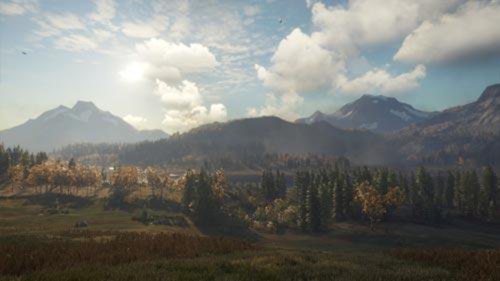
During the early stages of the game, players don’t have to worry about being confused, because the tutorial system will automatically give you a set of main tasks, allowing players to explore on the huge map and discover more interesting attractions at the same time. Going into detail about the graphics of Hunter: Call of the Wild, the game is extremely detailed. Scenery is based on realism so there aren’t any exaggerated colors of details. This helps with the overall immersion and helps set the mood that you are hunting. Even when compared to Forza Horizon 5, the graphics in Hunter: Call of the Wild are very impressive. Although the variety of colors and details may not be appealing when compared to other modern video games, it’s necessary to enhance the overall feel of the game.
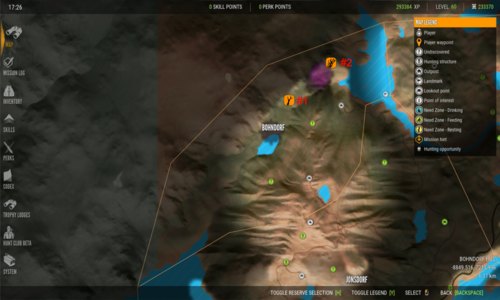
Due to the realistic nature of the game, players cannot move very fast even when sprinting thanks to the amount of weight the player is carrying. At the same time, they will get tired after running for a long time. It will even seriously affect the accuracy of the gun when aiming. When hunting, just shooting your prey is not enough as sometimes one shot is not enough. So you must chase your prey and continue to follow it’s trail. It can be easy to make mistakes or lose track of the animal. Patience is key for this style of game, if you want a quick hunting experience, this game will drive you crazy. If you like a refreshing combat experience, then I still recommend you to play Far Cry or Call of Duty.
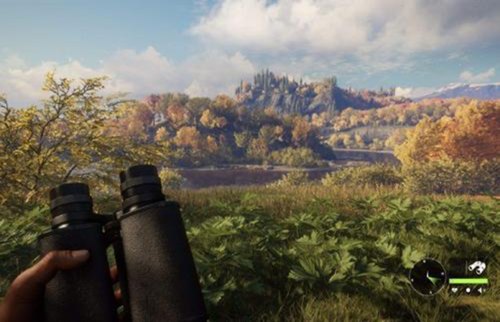
However when you do stick with this game and hunt multiple different animals that could take even an hour, finally confirming your trophy gives you a huge sense of satisfaction. Hiding in the scenery, waiting for the perfect moment to strike, then chasing your prey, this is the true charm of Hunter: Call of the Wild.
Hunter: Call of the Wild
ADVERTISEMENT
